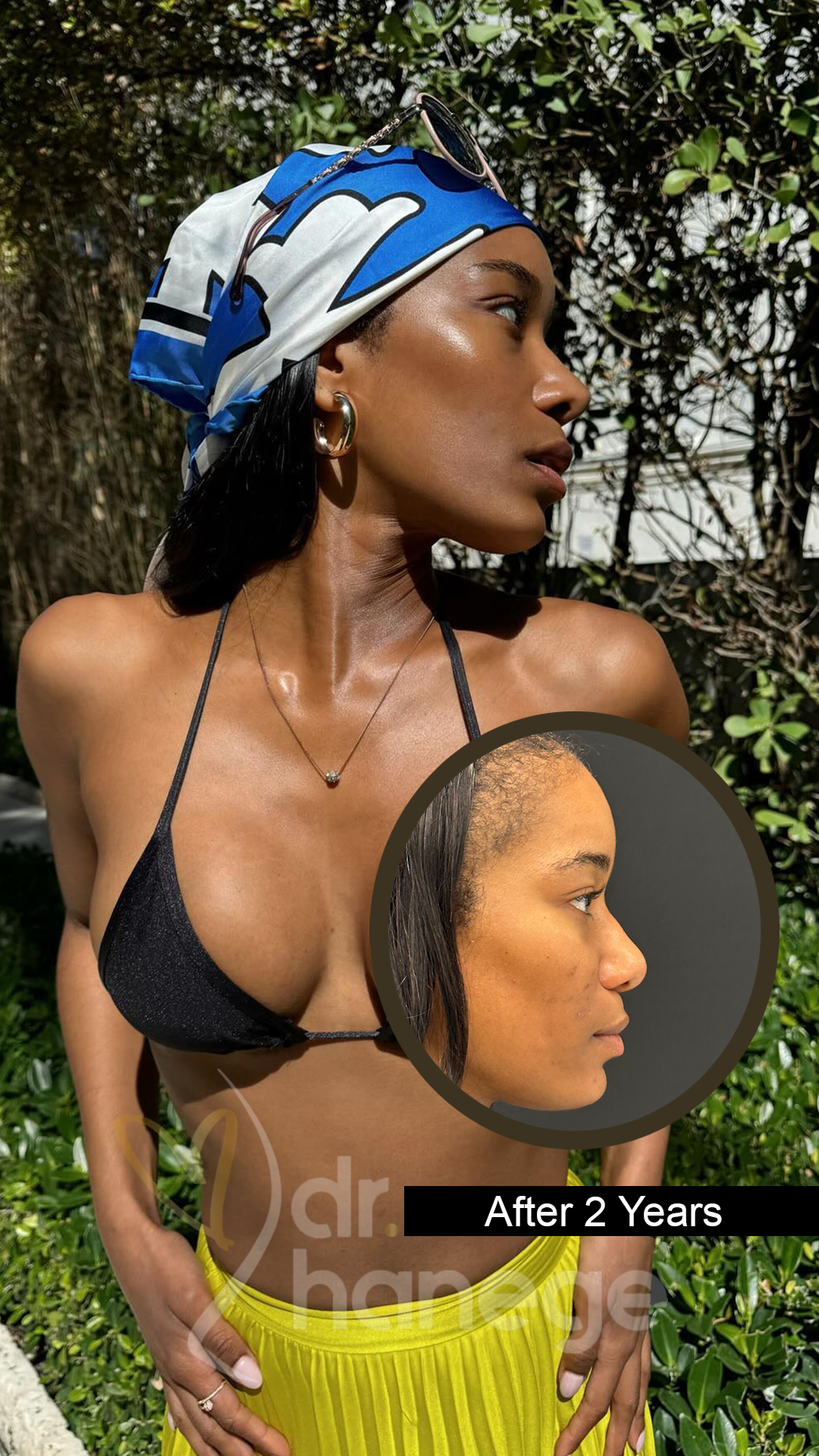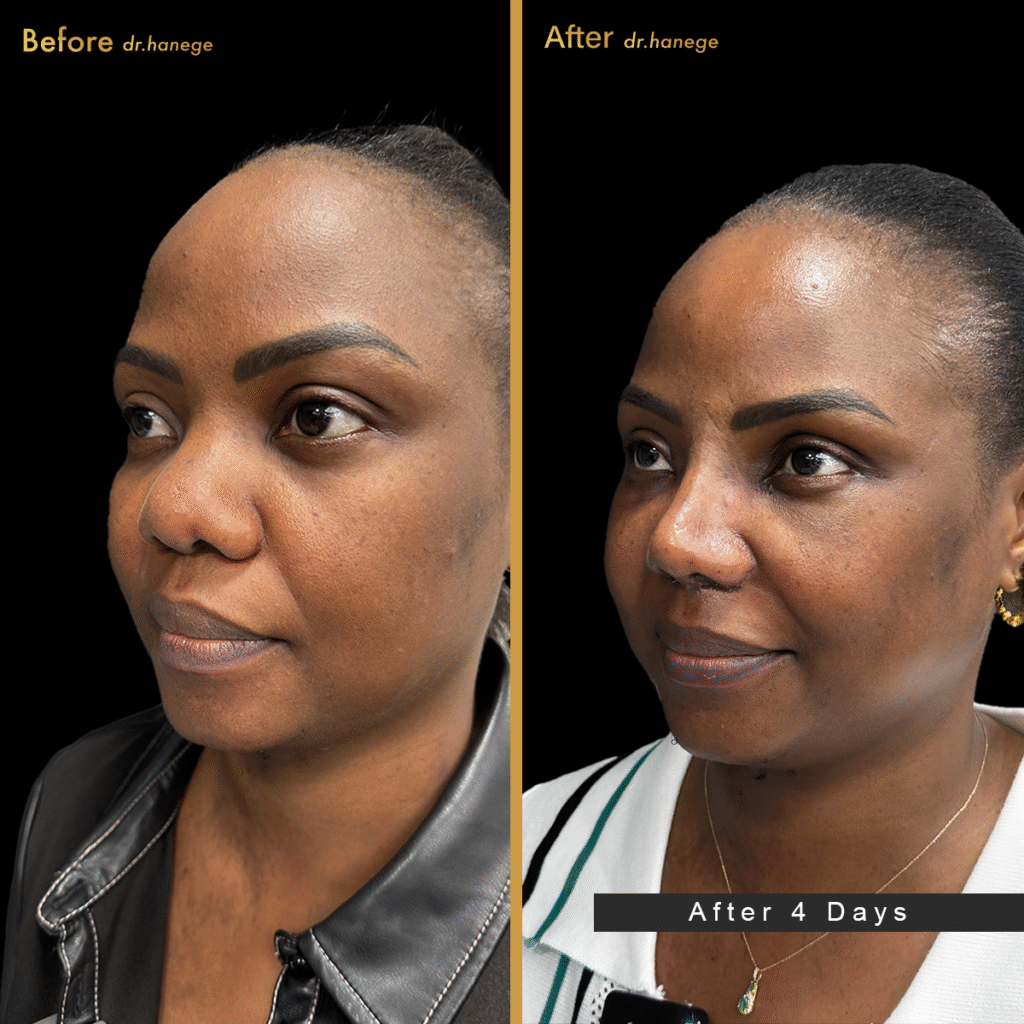
Ethnic rhinoplasty in Istanbul has become one of the most sought-after cosmetic procedures in recent years. With the city’s reputation as a hub for medical tourism, patients from all over the world travel to Turkey to reshape their noses while preserving their cultural identity. Unlike traditional rhinoplasty, ethnic nose surgery focuses on refining the nasal structure without erasing unique ethnic features.
This article highlights the 7 most important facts about ethnic rhinoplasty in Istanbul, helping you understand the process, benefits, and why Istanbul is considered the global capital for this specialized procedure.
What Is Ethnic Rhinoplasty?
Ethnic rhinoplasty is a specialized form of nose surgery designed for individuals from diverse backgrounds such as African, Asian, Middle Eastern, or Latin heritage. The goal is not to create a “Westernized” nose but rather to achieve facial harmony while respecting natural features.
For example:
- Patients of African descent may seek bridge augmentation.
- Middle Eastern patients often request refinement of a prominent dorsal hump.
- Asian patients may need tip projection or nostril reshaping.
In Istanbul, surgeons skilled in ethnic nose surgery tailor each procedure to individual needs while maintaining cultural authenticity.

1. Why Istanbul Is the Top Choice for Ethnic Rhinoplasty
Over the past decade, Istanbul has established itself as a global center for cosmetic surgery. The reasons include:
- Highly trained surgeons with international experience
- State-of-the-art clinics and hospitals
- Affordable prices compared to the US and Europe
- Rich cultural understanding of diverse patient needs
Patients from the Middle East, Europe, the United States, and even Latin America choose ethnic rhinoplasty in Istanbul for its world-class standards at competitive rates.
2. Benefits of Ethnic Rhinoplasty in Istanbul
Choosing to undergo ethnic rhinoplasty in Turkey offers many advantages:
- Natural Results – Maintaining ethnic identity while enhancing aesthetics.
- Improved Breathing – Functional corrections for septum or airway issues.
- Boosted Confidence – A balanced nose creates overall facial harmony.
- Cultural Sensitivity – Surgeons understand the importance of preserving heritage.
- All-Inclusive Packages – Many clinics offer airport transfers, accommodation, and aftercare.
These benefits make Istanbul one of the most trusted destinations for nose reshaping surgery.
3. Techniques Used in Ethnic Rhinoplasty
Ethnic nose surgery in Istanbul involves advanced surgical techniques, including:
- Cartilage Grafting – Often from the ear or rib to build projection.
- Bridge Augmentation – Enhancing a flat nasal bridge for improved balance.
- Nostril Reduction – Refining wide or flared nostrils.
- Tip Refinement – Reshaping bulbous or under-projected tips.
- Dorsal Hump Removal – Common among Middle Eastern patients.
Surgeons combine artistry with medical expertise to achieve results that look both natural and culturally respectful.
4. Recovery After Ethnic Rhinoplasty
The healing process after ethnic rhinoplasty in Istanbul is similar to traditional rhinoplasty, but with some unique considerations:
- Initial swelling is usually more noticeable and may last longer for thicker skin types.
- Splints or nose protectors are typically worn for 7–10 days.
- Bruising subsides within 1–2 weeks.
- Final results may take 9–12 months as swelling gradually decreases.
Patients are advised to avoid strenuous activities, protect the nose from trauma, and follow their surgeon’s aftercare plan closely.
5. Cost of Ethnic Rhinoplasty in Istanbul
One of the most attractive aspects of having ethnic rhinoplasty in Turkey is affordability. While prices in the United States or Europe can reach $10,000–$15,000, in Istanbul the average cost ranges between $3,000 and $6,000, depending on the complexity of the surgery and the clinic chosen.
Many clinics offer all-inclusive packages covering:
- Surgery fees
- Hospital stay
- Anesthesia
- Post-operative care
- Accommodation and transfers
This makes Istanbul not only high-quality but also cost-effective.
6. Choosing the Right Surgeon in Istanbul
Selecting the right surgeon is crucial for achieving satisfying results. When researching ethnic rhinoplasty surgeons in Istanbul, consider the following:
- Board Certification – Ensure your surgeon is accredited in plastic or reconstructive surgery.
- Before-and-After Gallery – Look for results on patients with similar ethnic backgrounds.
- Patient Reviews – Testimonials can provide insight into real experiences.
- Communication – A good surgeon listens to your goals and explains realistic outcomes.
The best surgeons in Istanbul combine technical expertise with cultural sensitivity, ensuring you keep your ethnic features while enhancing beauty.
7. Why Ethnic Rhinoplasty Requires Specialized Expertise
Unlike standard rhinoplasty, ethnic nose surgery deals with specific anatomical challenges such as thicker skin, weaker cartilage, or unique bone structures. Surgeons must:
- Use advanced grafting techniques
- Balance aesthetics with functionality
- Preserve natural proportions
- Avoid overcorrection or a “surgical look”
This is why choosing Istanbul, with its pool of internationally trained surgeons, ensures you receive specialized care.
Conclusion
Undergoing ethnic rhinoplasty in Istanbul is not just about changing your appearance—it’s about embracing your cultural identity while enhancing facial harmony. With experienced surgeons, advanced techniques, and affordable costs, Istanbul continues to attract thousands of international patients every year.
By choosing the right clinic and surgeon, you can achieve natural, balanced results that highlight your unique beauty without compromising your heritage.
If you are considering ethnic nose surgery in Istanbul, consult with a qualified specialist to create a personalized treatment plan that reflects both your aesthetic goals and your cultural background.

